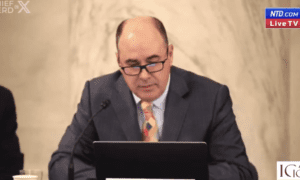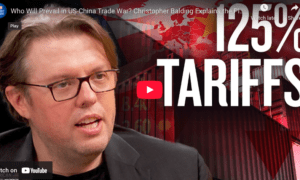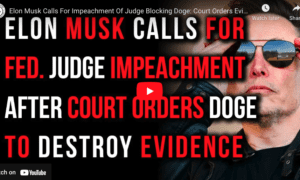Comparing Kamala Harris’ Opportunity Startup Economy vs. Trump’s Inflation-Focused Drill Strategy
As the United States approaches the 2024 election, economic strategies are front and center, with contrasting visions between Kamala Harris’ proposed ‘opportunity startup economy’ and Donald Trump’s pragmatic approach to tackling inflation and living costs by reducing fuel prices.
Kamala Harris’ vision focuses on an opportunity economy that seeks to empower entrepreneurs and fuel innovation by betting on startups with a $50,000 tax exemption for new businesses. While the initiative is intended to encourage new business creation, particularly in tech-driven sectors, and foster job growth in emerging industries, having the government bet on and approve startups is a flawed idea. It opens the door to significant corruption and incentivizes existing businesses to create spin-off startups solely to exploit tax exemptions.
Kamala’s strategy seems more suited for a casino, as she’s willing to gamble with government resources while many Americans are struggling to put food on the table. Her proposal hinges on the belief that startups are key to future economic growth. However, there are valid concerns about the effectiveness of this strategy. Startups traditionally have a high failure rate—around 90% within the first five years. Critics argue that investing in startups does not guarantee success for the broader economy, especially when the immediate issue for most Americans is the rising cost of living. Additionally, many small businesses may not even qualify for the tax exemption, leaving the potential impact limited in scope.
Kamala Harris opportunity economy might yield dividends in the long term by fostering innovation but it only has an immediate impact on a small percentage of the population directly involved in startup ecosystems.
In contrast, Donald Trump’s economic platform focuses on immediate, pragmatic solutions to tackle inflation and the rising costs of living. Central to his strategy is a plan to increase oil production, “Drill baby drill” which he argues would significantly reduce fuel prices. This move is positioned as an inflation-fighting measure that would have an immediate impact on the day-to-day expenses of average Americans.
Lowering fuel prices through increased domestic production would not only ease the financial burden on consumers directly but also ripple through the broader economy. Transportation and logistics costs would drop, reducing the prices of goods and services across the board. Energy costs would decline, giving both businesses and consumers more disposable income. Trump’s approach leans on the premise that affordable energy is the foundation of a healthy economy.
This strategy contrasts sharply with Harris’ long-term, innovation-focused approach. Rather than focusing on sectors like tech startups, which immediately benefit a select few, Trump’s policy is designed to provide relief to the vast majority of Americans struggling with rising living costs. By directly addressing fuel prices and inflation, Trump’s plan targets the broader population affected by the high cost of living.
While Trump’s approach is more immediate, some critics argue it lacks long-term vision. Increasing oil production could be seen as a temporary fix, potentially stalling progress on renewable energy transitions and ignoring the need for innovation in sectors like green technology. However, his proponents argue that lowering inflation and reducing energy costs now would stabilize the economy and benefit working-class families far more than speculative investments in startups with low success rates.
At its core, the contrast between these two economic strategies is day and night and complex trade-offs are not required to be analysed.
The 2024 election will present a clear economic choice.











































